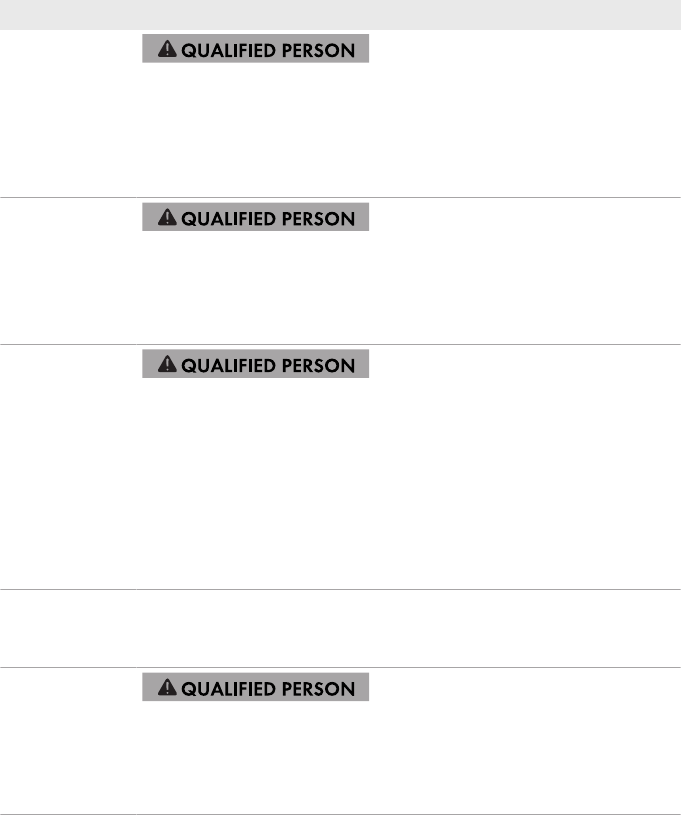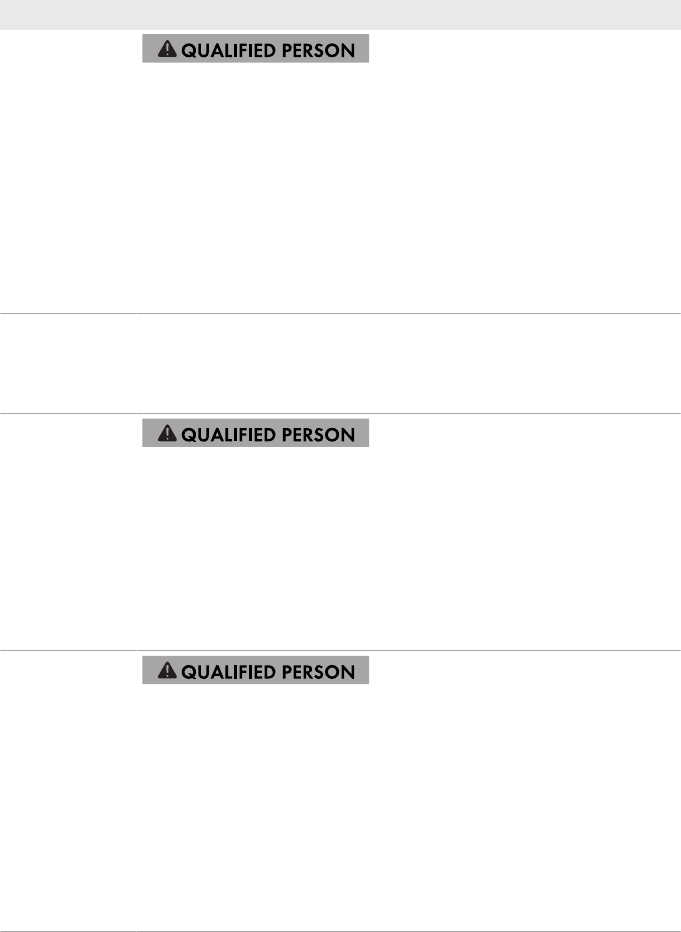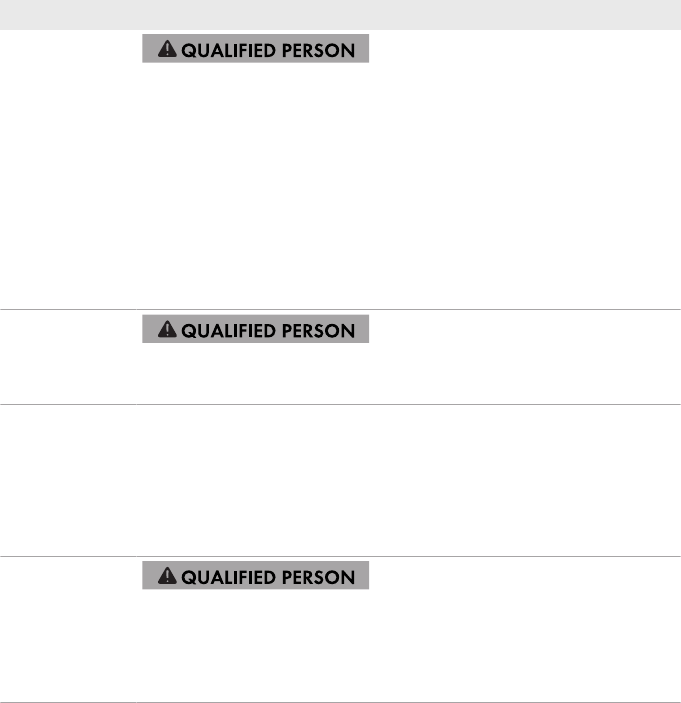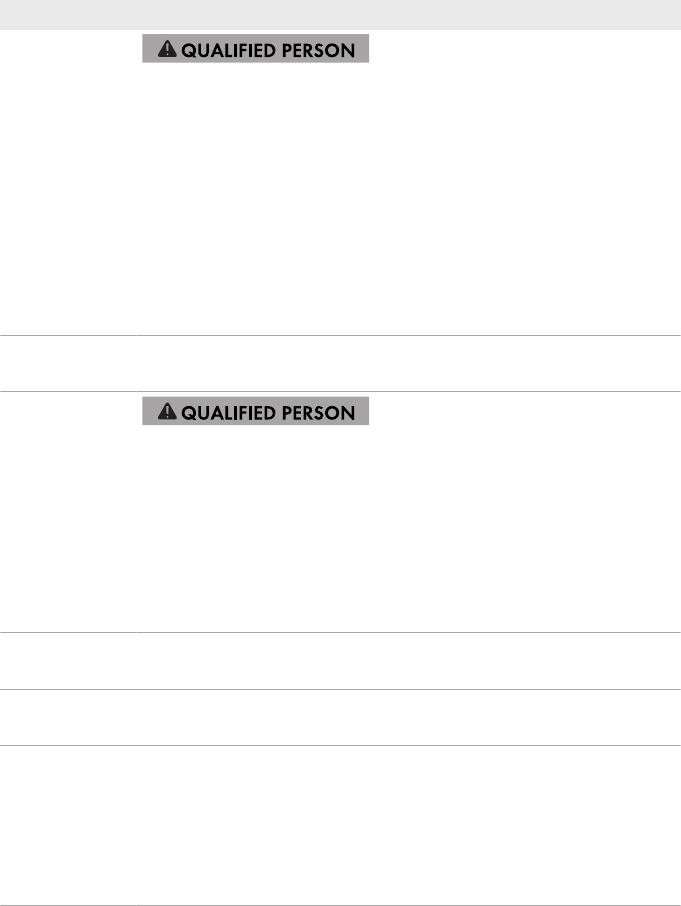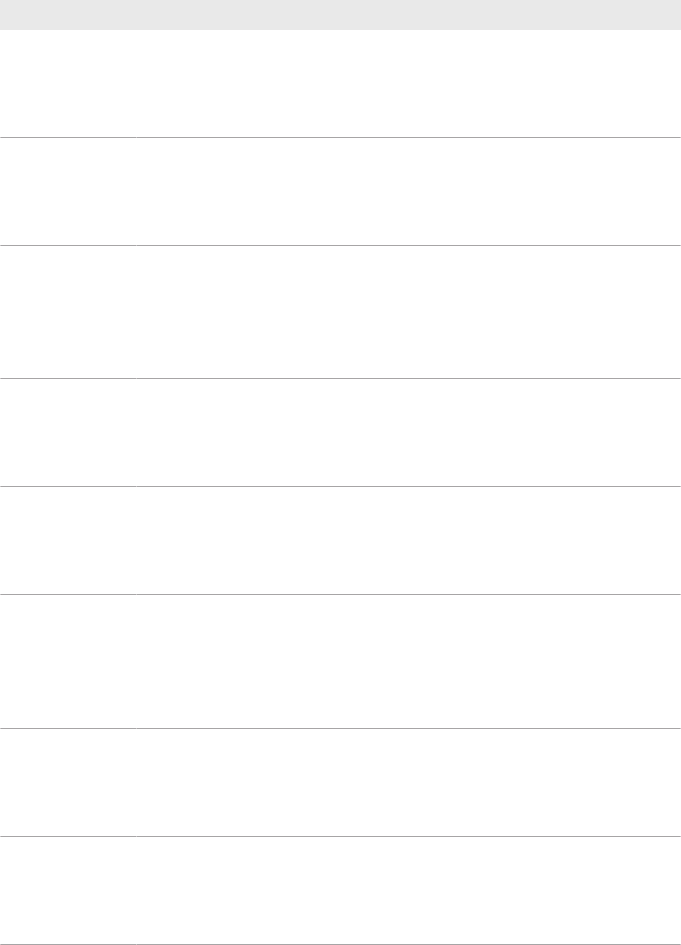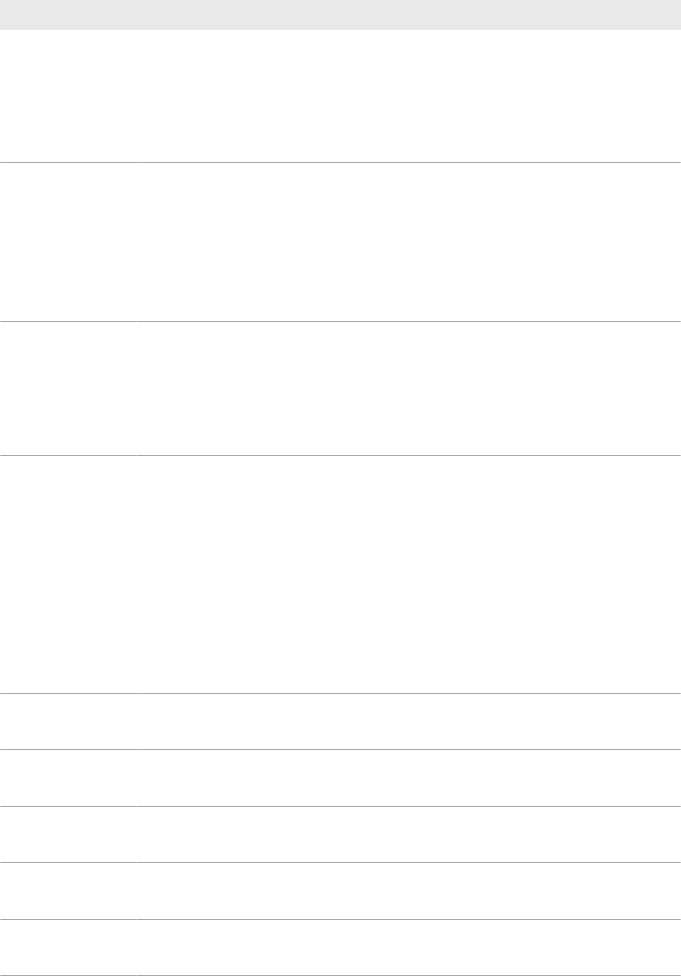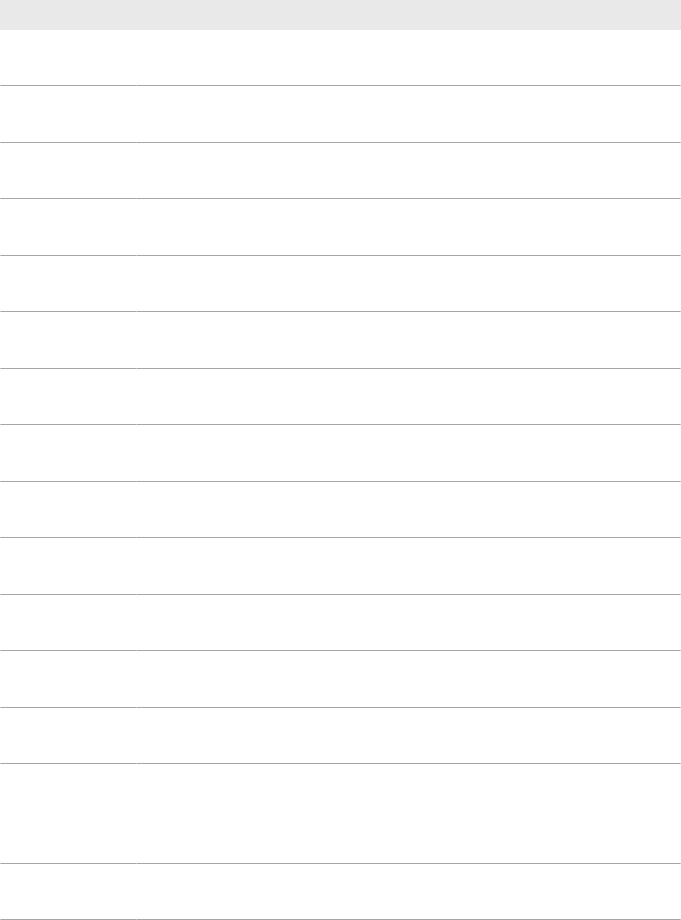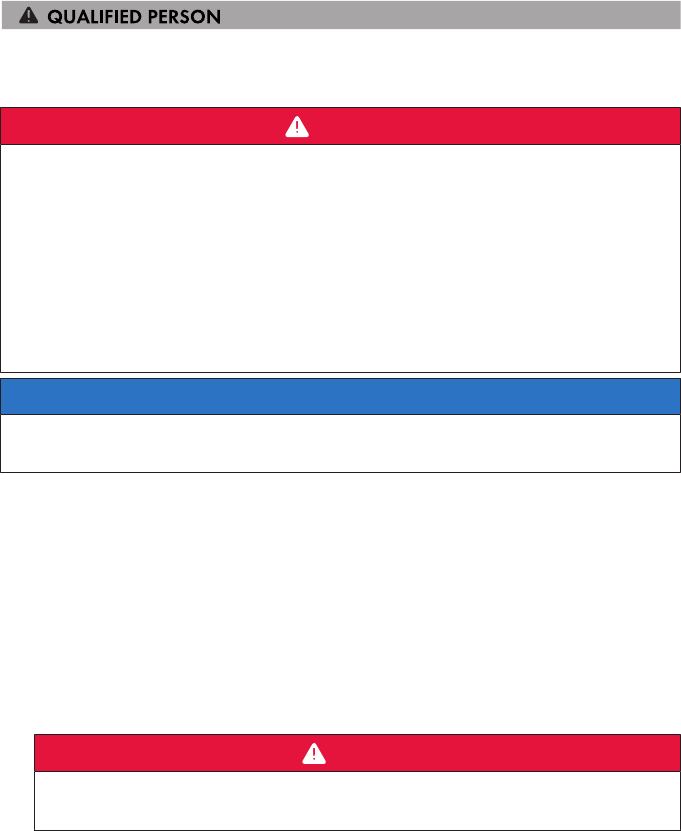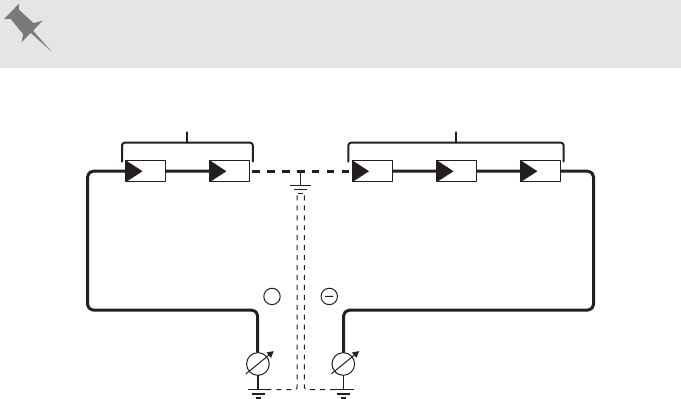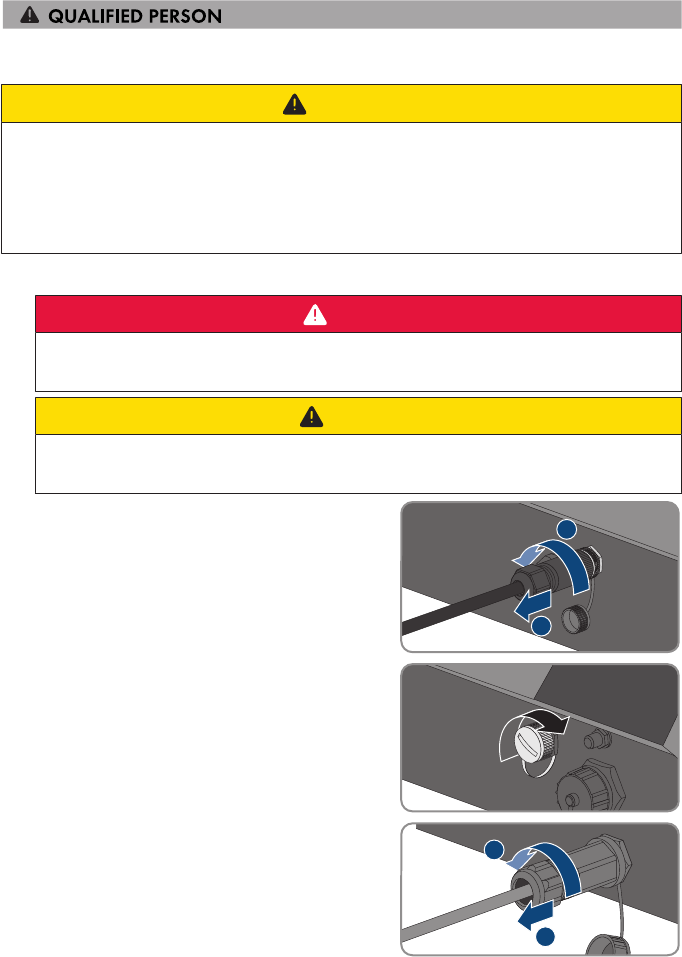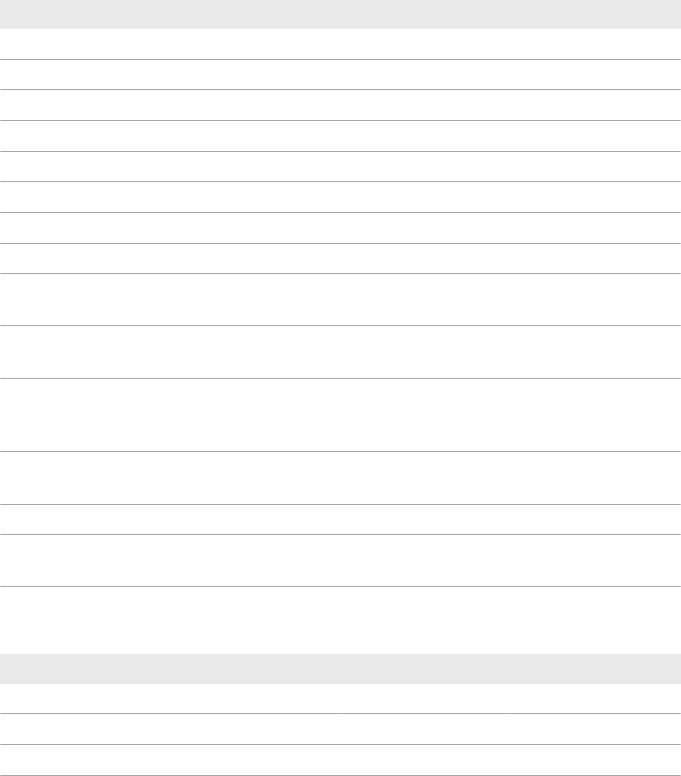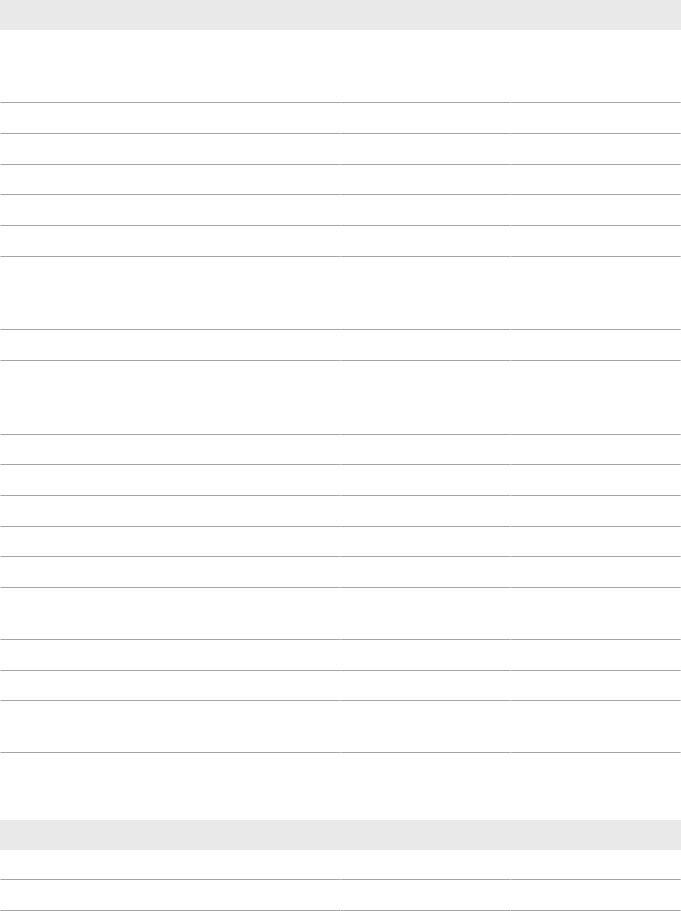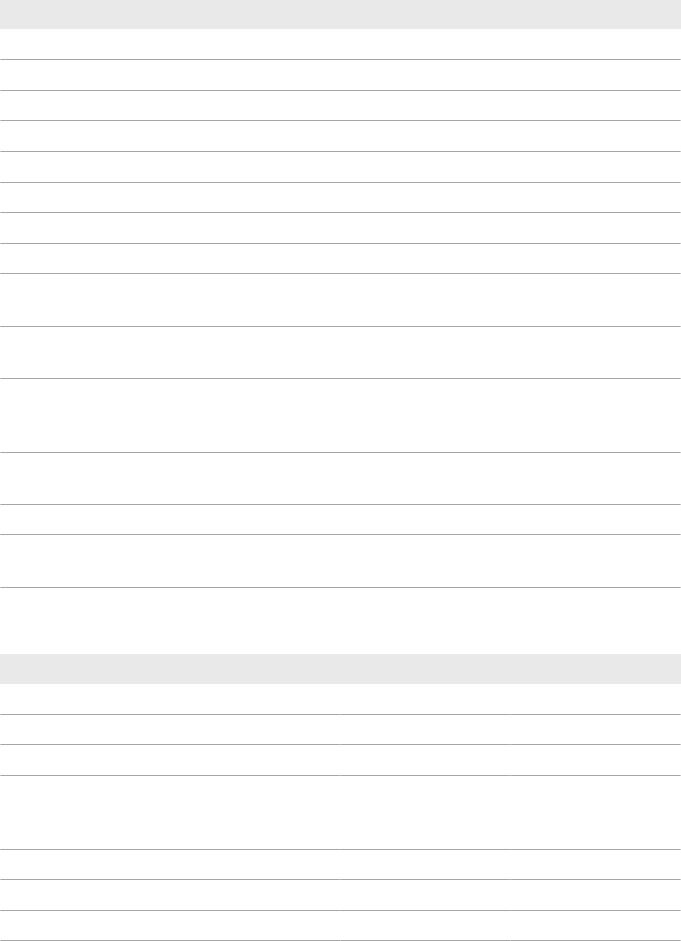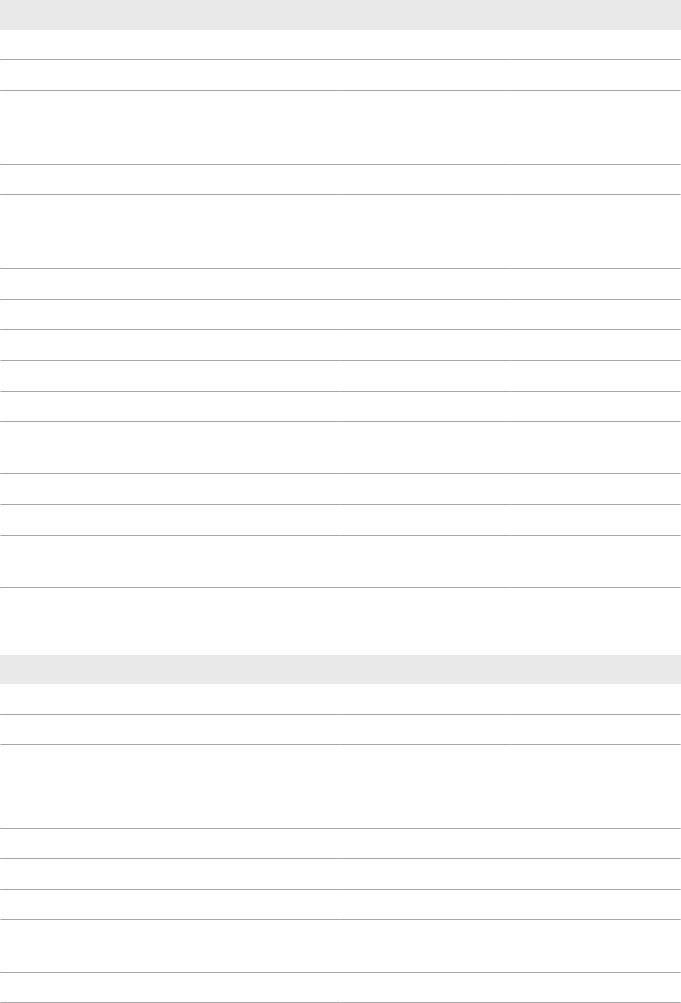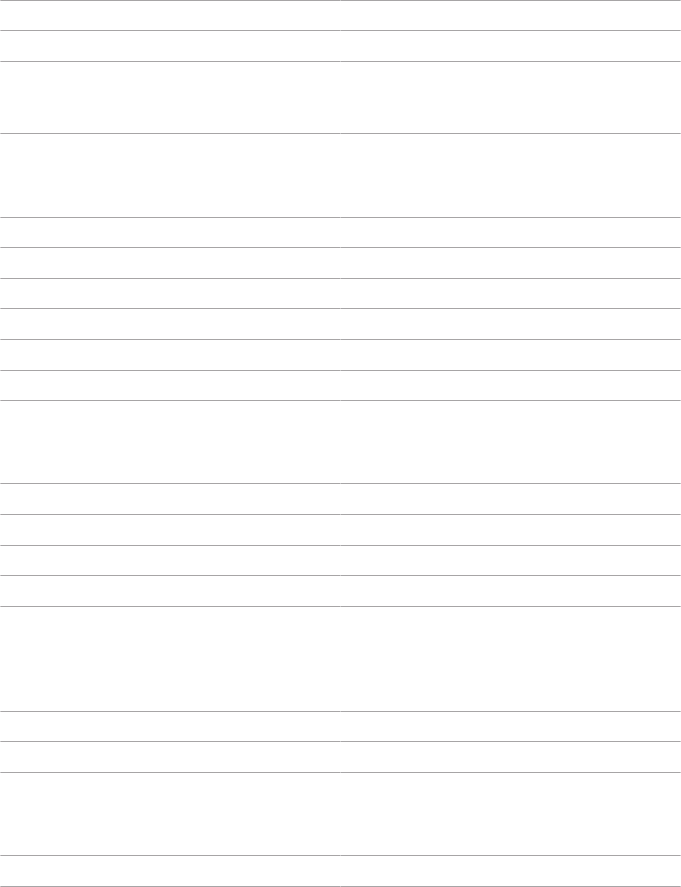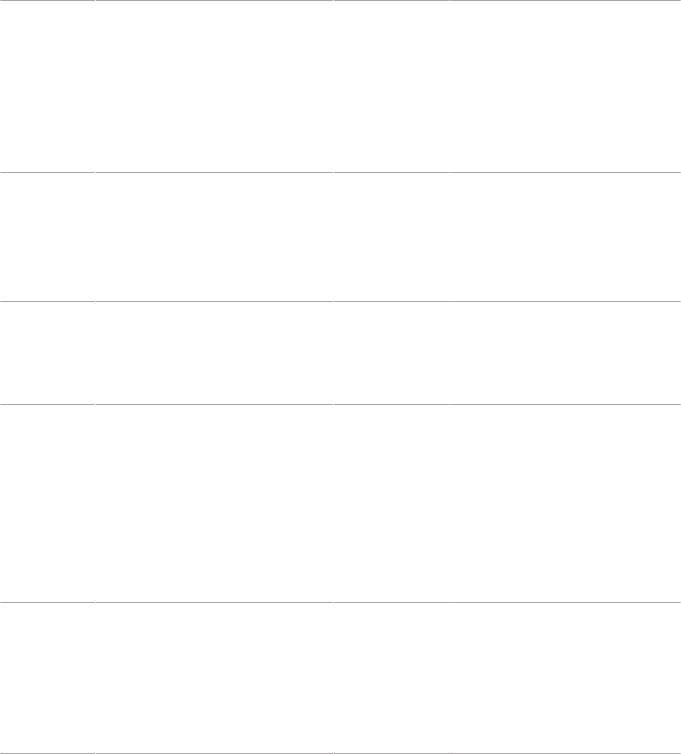Table of Contents
SMA Solar Technology AG
Operating manualSTP3-6-3AV-40-BE-en-124
7 Commissioning ......................................................................... 37
7.1 Commissioning Procedure ......................................................................................... 37
7.2 Commissioning the Inverter........................................................................................ 37
7.3 Selecting a configuration option............................................................................... 39
7.4 Starting the Self-Test (for Italy and Dubai)................................................................ 41
8 Operation ................................................................................. 43
8.1 Establishing a connection to the user interface ........................................................ 43
8.1.1 Establishing a Direct Connection via Ethernet ...................................... 43
8.1.2 Establishing a direct connection via WLAN ......................................... 43
8.1.3 Establishing a Connection via Ethernet in the local network ............... 45
8.1.4 Establishing a Connection via WLAN in the Local Network ............... 46
8.2 Logging In and Out of the User Interface................................................................. 47
8.3 Start Page Design of the User Interface.................................................................... 49
8.4 Activating the Smart Inverter Screen......................................................................... 51
8.5 Starting the Installation Assistant............................................................................... 52
8.6 Activate WPS Function............................................................................................... 53
8.7 Switching WLAN On and Off................................................................................... 53
8.8 Switching the Dynamic Power Display Off............................................................... 54
8.9 Changing the Password............................................................................................. 55
8.10 Changing Operating Parameters.............................................................................. 55
8.11 Configuring the Country Data Set............................................................................. 56
8.12 Configuring Feed-In Management............................................................................ 57
8.13 Configuring the Modbus Function............................................................................. 58
8.14 Activating the Receipt of Control Signals (Only for Italy)........................................ 59
8.15 Deactivating Grounding Conductor Monitoring...................................................... 59
8.16 Setting the Tripping Threshold of the Residual-Current Device................................ 60
8.17 Saving the Configuration in a File............................................................................. 60
8.18 Adopting a Configuration from a File....................................................................... 60
8.19 Updating the Firmware.............................................................................................. 61
9 Disconnecting the Inverter from Voltage Sources ................. 62
10 Cleaning the Inverter ............................................................... 64
11 Troubleshooting........................................................................ 65
11.1 Forgotten Password.................................................................................................... 65
11.2 Event Messages ......................................................................................................... 66
11.3 Checking the PV System for Ground Faults.............................................................. 82
12 Decommissioning the Inverter................................................. 86



























































